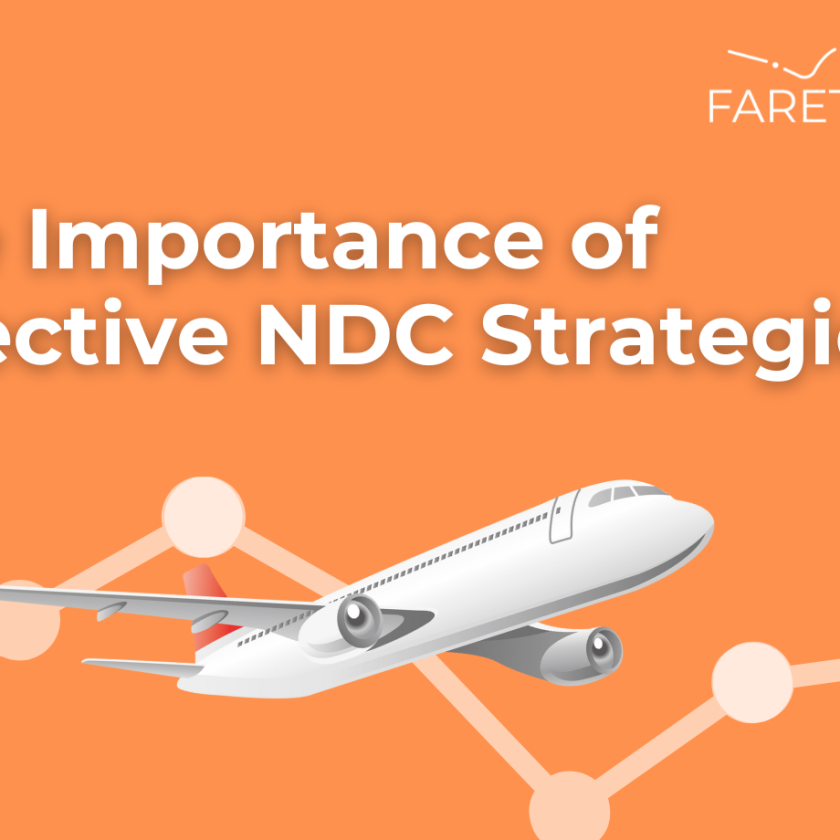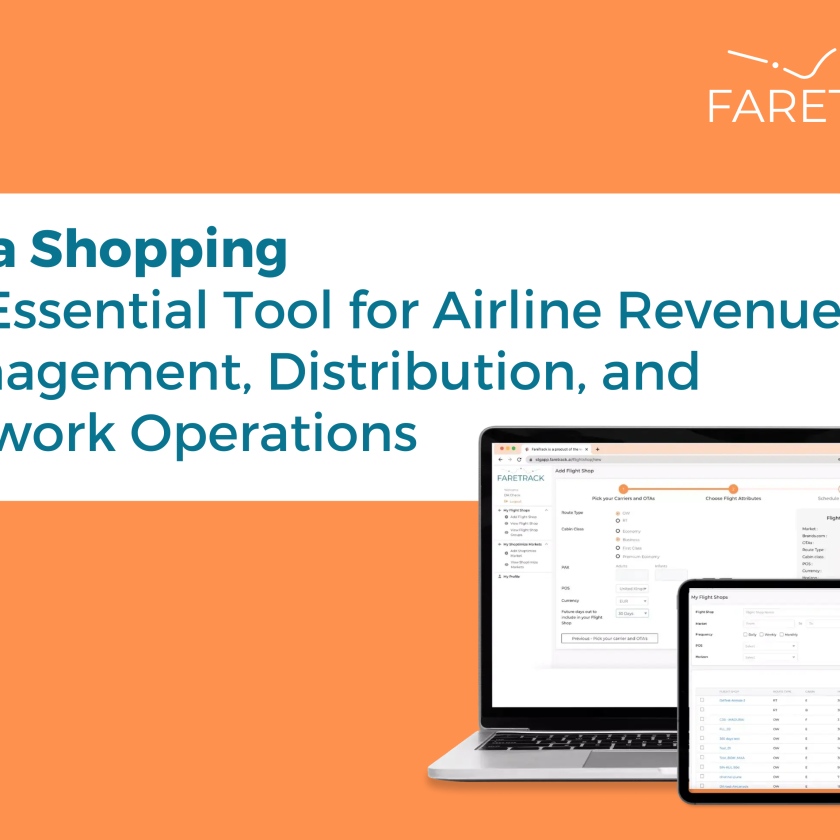In recent industry gatherings attended by the FareTrack team, one topic has consistently stolen the spotlight: ancillary revenue. The discourse surrounding its remarkable growth, future trajectory, and, most importantly, the strategies for revenue managers to bolster their ancillary revenue has been fervent.
In this article, we provide a panoramic overview of the anticipated evolution of ancillary revenue and delve into the fundamental concepts propelling this transformation.
In the coming years, we can expect to see a significant shift towards a more personalized and data-driven approach to ancillary offerings. The concept of “customer willingness to pay” is set to play a central role in shaping this evolution, revolutionizing revenue management in the airline industry.
Understanding Customer Willingness to Pay:
Customer willingness to pay goes beyond just the ticket price; it encompasses a multitude of ancillary attributes. Airlines are increasingly recognizing the importance of accurately predicting and catering to individual preferences to optimize pricing strategies and maximize revenue. This concept forms the cornerstone of future revenue management endeavors.
Traditional Revenue Management vs. Personalization:
Traditionally, revenue management in airlines has focused on forecasting, price optimization, and understanding overall customer behavior. However, the future lies in drilling down to the granular level of each ancillary attribute. This shift towards personalization requires a deep dive into customer data, market trends, and competitive analysis.
Navigating Complexity Through Data Science:
The pursuit of understanding customer willingness to pay for ancillary attributes presents a complex challenge. It necessitates the collaboration of revenue managers, technology experts, and data scientists. Leveraging advanced data analytics and machine learning algorithms, airlines can craft personalized offerings that resonate with individual travelers.
Unbundling and Assigning Value:
Central to the personalized approach is the unbundling of services and products from the ticket price. However, it’s not just about offering a menu of options; it’s about assigning appropriate value and pricing to each ancillary attribute. This requires a nuanced understanding of customer preferences and market dynamics.
Crafting Personalized Experiences:
Different travelers prioritize different ancillary attributes. Some may value in-flight Wi-Fi, while others prioritize checked luggage or onboard meals. Airlines must tailor their offerings to match these preferences, creating truly personalized experiences that enhance customer satisfaction and drive ancillary revenue.
Embracing the Future:
The future of airline ancillary revenue is undoubtedly personalized and data-driven. By embracing customer willingness to pay and leveraging advanced technology, airlines can unlock new revenue streams and create enhanced travel experiences for passengers. As we navigate this exciting journey, collaboration, innovation, and a deep understanding of customer needs will be key to success.
The future of airline ancillary revenue is one of personalization and customization. By understanding and catering to individual preferences, airlines can maximize revenue opportunities and stay ahead in an increasingly competitive market. The era of personalized ancillary revenue is upon us, and the possibilities are limitless.




